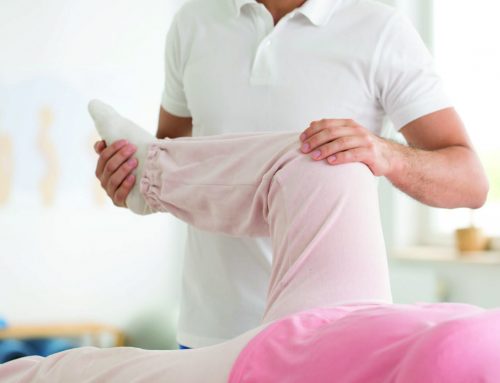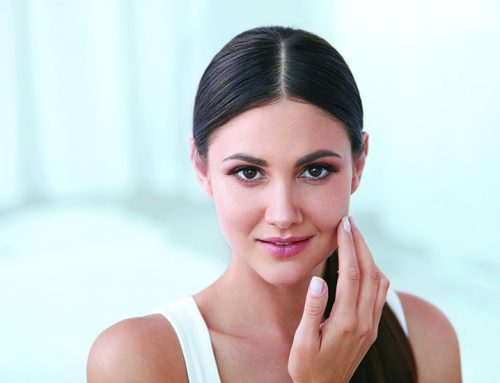Question :
I am dissatisfied with the lower part of my body, especially my hips and my waist. Despite eating healthy and exercising regularly, my hips are bigger than many of my friends. I am in my 40s and I understand that our lower body will accumulate more cellulite as we age. This means that my hips and my thighs will become bigger. I would like to know if there is any other way to slim down? Will laser treatment be effective enough to reduce my waist size?
Answer :
As we grow older, the fats that are accumulated in the waist and thighs are well known to be stubborn and difficult to remove. You may exercise incessantly, but to no avail.
First, let us understand how these fats accumulate. When food is consumed, it is being transformed into energy to support bodily activities. Any excess will be channelled and stored into reserves, usually as fats, which will be used in the future when we are starving and have no food to eat. Common areas where the fats are stored include the abdomen (or waist) and the thighs.
When fats accumulate, the skin will be stretched, resulting in loose skin and sometimes stretch marks. Subsequently, cellulites are accumulated on the thighs. Cellulites are the unsightly orange-peel-like skin, which results from the tethering of the fats that are accumulated and attached to the skin and the pulling of the skin. These areas often have poor microcirculation.

To find out if you are overweight, one proxy measurement you can use is the body mass index (BMI). All you need to do is to use the following formula to get your BMI:
Weight ÷ Height ÷ Height, with the weight in kilograms and the height in metres
The World Health Organisation defines obesity as BMI exceeding 30. In Singapore, if your BMI exceeds 27.5, you are considered to have high health risks associated with obesity.
Another method is to measure your waist circumference. According to the World Health Organisation, waist circumference should be measured at the midpoint between the lower margin of the last palpable rib and the top of the iliac crest, using a stretch resistant tape that provides a constant 100g tension. During the measurement, the person should stand with the feet close together, arms at the side and body weight evenly distributed, and should wear minimal clothing. The person should stay relaxed, and measurements should be taken at the end of a normal expiration. Each measurement should be taken twice; if the measurements are within 1 cm of one another, the average should be calculated. If the difference between the two measurements exceeds 1 cm, the two measurements should be taken again.

If the measurement exceeds 102 cm for the males and 88 cm for the females, the person is considered at high health risks associated with obesity. If the person suffers from metabolic syndrome, a condition that pre-disposes a person to heart diseases and diabetes, the cut-off measurement is more stringent: 90 cm for men and 80 cm for women.
Besides healthy diet and frequent exercise, various machine treatments are available to treat big waists and “elephant” thighs. Radiofrequency, HIFU (High intensity Focused Ultrasound) and cryolipolysis (freezing) can be applied to help melt the fats. Personally, I would recommend using the Vanquish Body Contouring system to treat abdominal fats because the treatment is virtually painless and can cover a large area. For the thighs, I would suggest using the ThermiRF system.
Dr Steven Ang
Family Physician
Dr Steven Ang Aesthetic & Family Clinic
Dr Steven Aesthetics and Laser Clinic
www.stevenaesthetics.com









